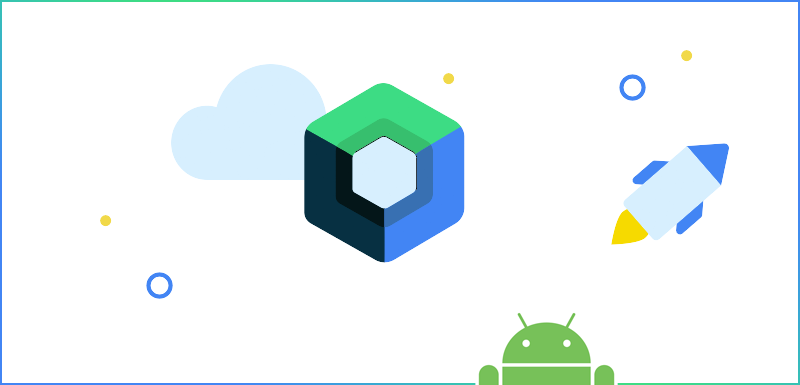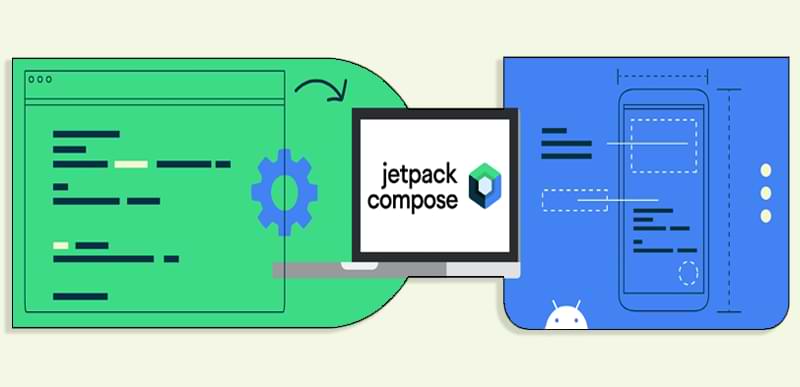Bei Geräte-Klassen, die ich selbst noch nicht besitze, erwerbe ich in der Tat ein Exemplar um bereits zu einem frühen Zeitpunkt während der Entwicklung erste Feedbacks zu erhalten. Inzwischen ist das aber ehr selten der Fall, da sich doch schon so einiges für diverse Projekte an Apple und Android Hardware angesammelt hat.
Vor der Fertigstellung der App reicht es nicht mehr aus die App auf dem Kundengerät oder auf mein eigenes Gerät zu installieren und dann daraus die Aussage zu formulieren, dass alles auf allen erdenklichen Konfigurationen funktioniert. Grundsätzlich ist daran nichts falsch, wenn eine Gerätespezifikation vom Kunden vorlag oder man vielleicht für sich selbst im privaten Umfeld eine kleine App entwickelt hat. Bei einer größeren Zielgruppe und vielleicht noch Plattform-übergreifend wird das Vorgehen nicht mehr reichen.
Was gibt es für Alternativen?
Als Xamarin Premier Consulting Partner müsste ich wohl die Xamarin Test Cloud empfehlen. Leider befindet sie sich aber noch in der geschlossenen Beta. Eine weiter Alternative, die bereits jetzt schon genutzt und von einem selbst aktiv unterstützt werden kann, sind Open Device Labs. Auf opendevicelab.com findet man eine Übersicht über Standorte und den verfügbaren Geräten. In Deutschland bietet das ODL in Nürnberg mit 30 Geräten die größte Auswahl. Welches Potenzial solche Open Device Labs haben, kann man gut im englischen Bridgend bei Cover-Up erkennen. 80 Geräte dürften wohl die wenigsten von uns ihr eigen nennen.
Open Device Labs sind also eine gute Alternative um auf einer möglichste breiten Menge an Geräten, Versionen und Plattformen seine App vor dem Einstellen in den entsprechenden App-Store auf mögliche Schwachstellen hin zu testen.
Sebastian Seidel
As a mobile enthusiast and managing director of Cayas Software GmbH, it is very important to me to support my team and our customers in discovering new potential and growing together. Here I mainly write about the development of Android and iOS apps with Xamarin and .NET MAUI.



